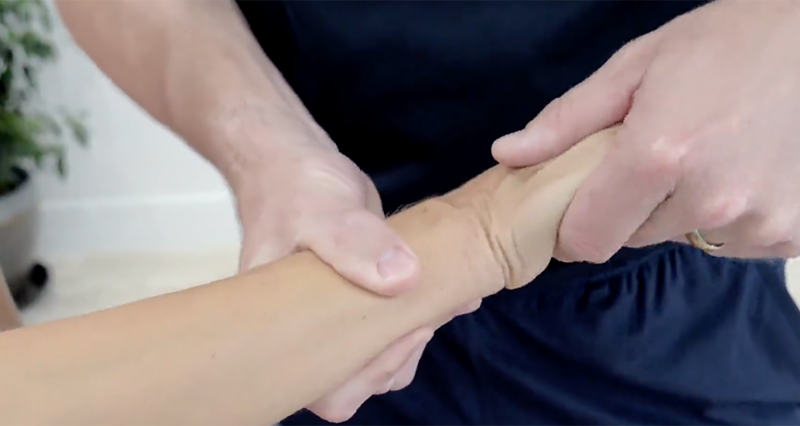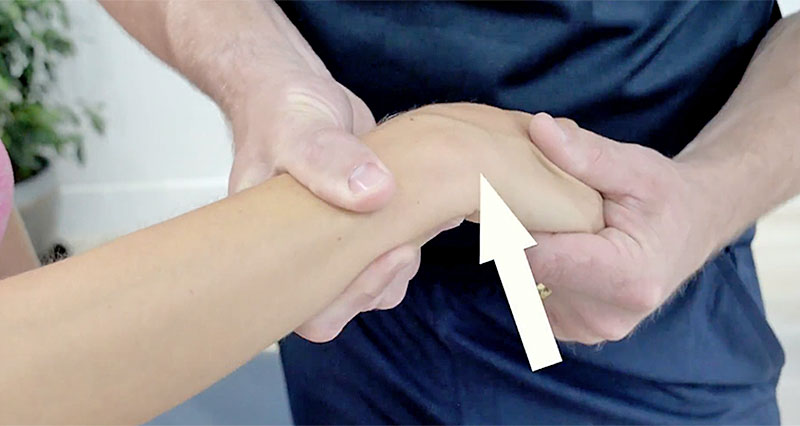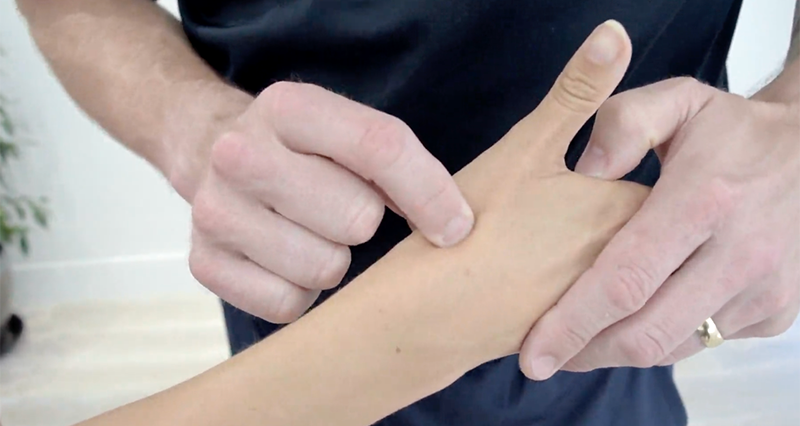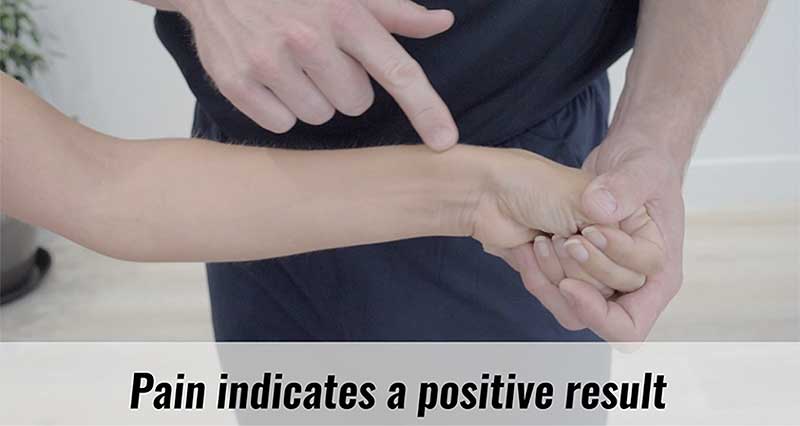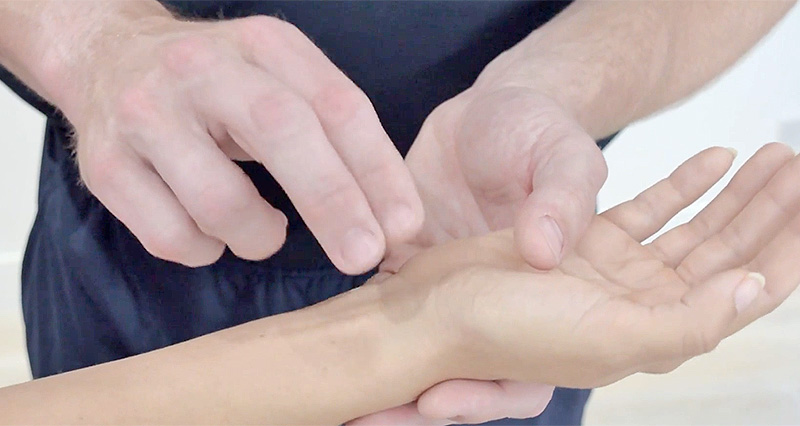The pinch grip test, also known as the pinch grip strength test, assesses median nerve compression or dysfunction, especially in carpal tunnel syndrome (CTS).
What is Median Nerve Compression?
Median nerve injury is Injury to the median nerve at the elbow. It may cause symptoms to appear in the forearm, wrist, and hand. They are often caused by another sudden injury that traps or tears the nerve.
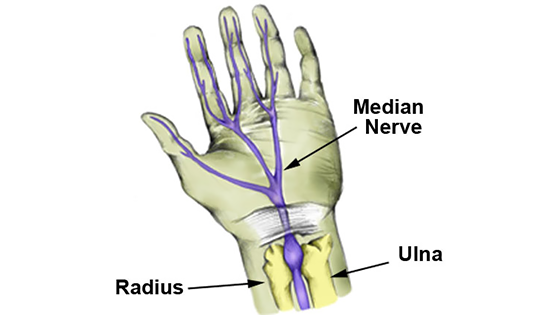
How the test is performed
The patient typically sits or stands comfortably. Then, stand facing the patient and instruct them to perform a pinch grip by bringing the thumb and index finger together to pick up a small object, like a piece of paper or a pen. Observe their ability to execute the pinch grip and note any difficulties or abnormalities in the movement.
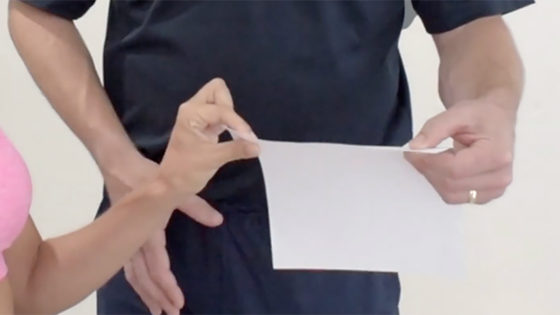
Pinch Grip Test Outcomes
Impairment or weakness in the pinch grip, particularly involving the opposition of the thumb and index finger, may indicate median nerve compression or dysfunction.
Carpal tunnel syndrome (CTS) often causes weakness or clumsiness in the thumb and first two fingers, making the pinch grip manoeuvre difficult for many patients.
Understanding Pinch Grip Results
The median nerve controls thumb movement and finger dexterity. Compression from conditions like carpal tunnel syndrome (CTS) may weaken, numb, or make the thumb and fingers clumsy.
Testing pinch grip strength helps evaluate median nerve function and assists in diagnosing and tracking CTS. While a weak pinch grip suggests median nerve compression, it’s not unique to CTS and could signal other issues affecting the nerve or hand.
Considerations
Perform the pinch grip test on both hands to compare strength and function. Additionally, interpret the results alongside other clinical findings, such as symptoms (e.g., numbness, tingling). Use physical exams specific to median nerve compression, for an accurate diagnosis.
In summary, the pinch grip test is key for assessing median nerve issues, such as in carpal tunnel syndrome. It checks the strength and coordination of thumb and finger movements.
